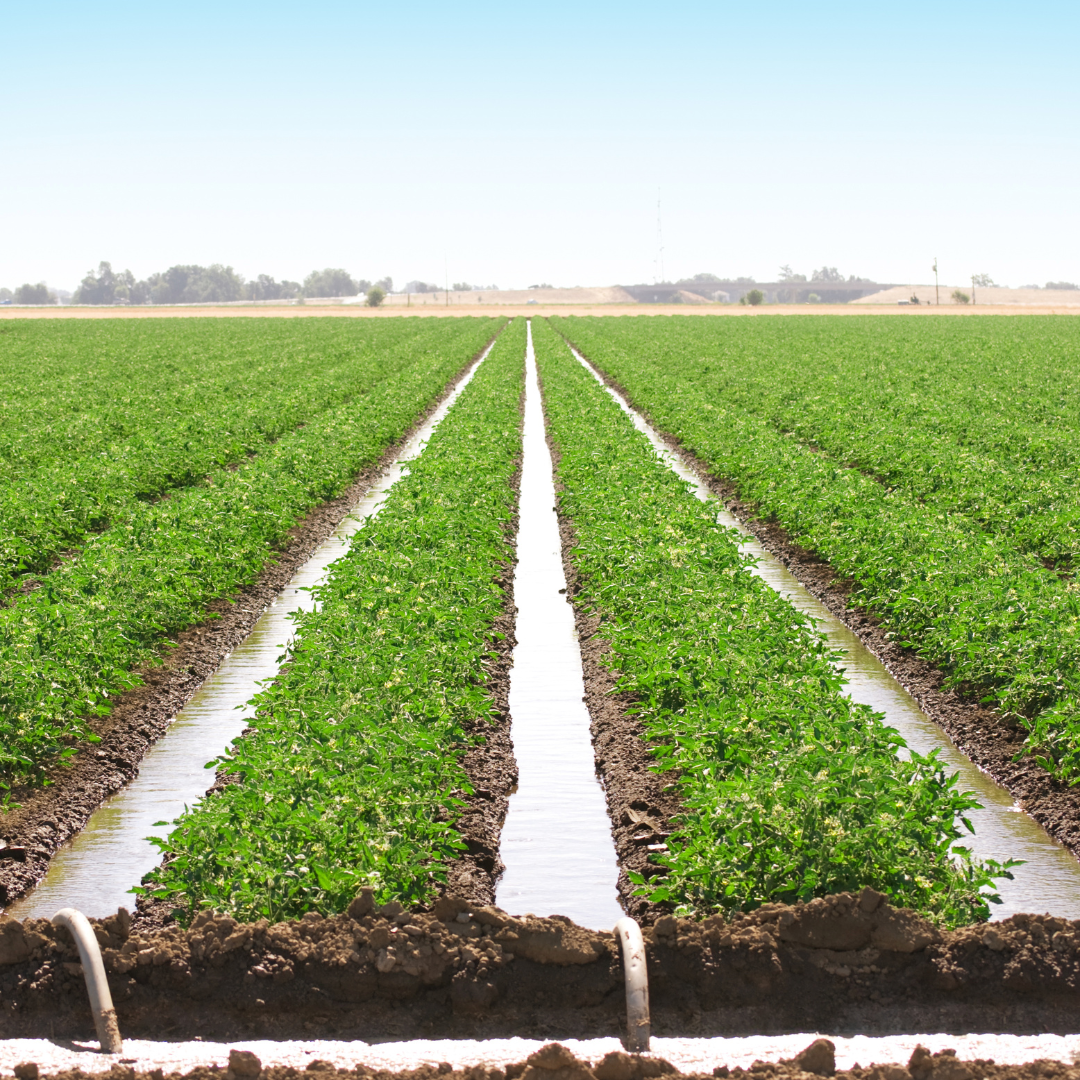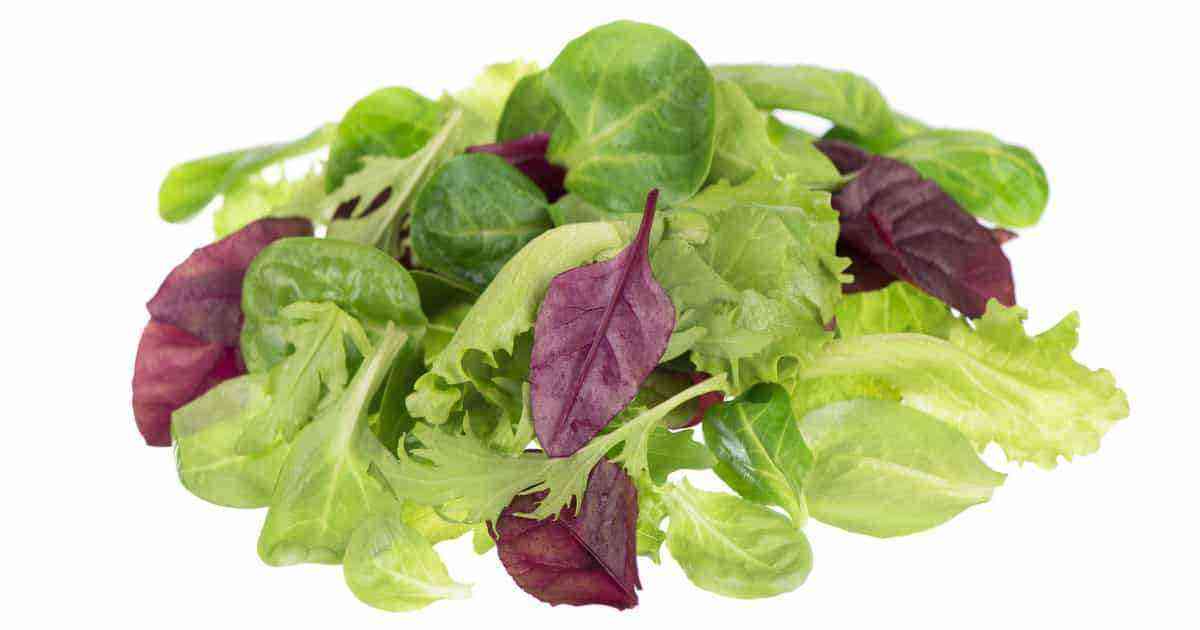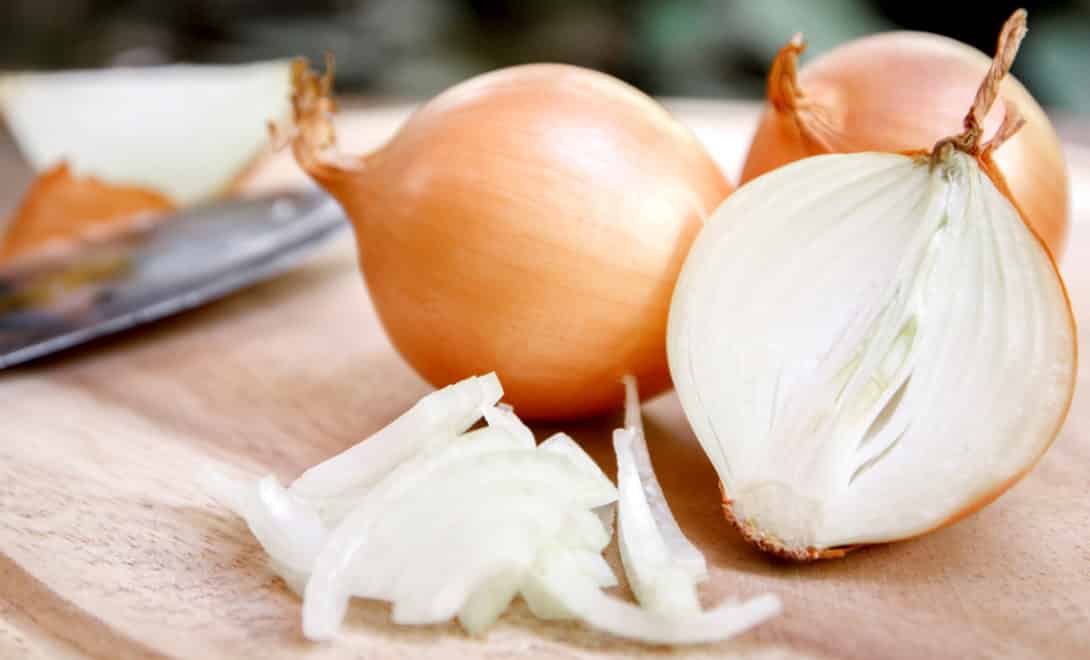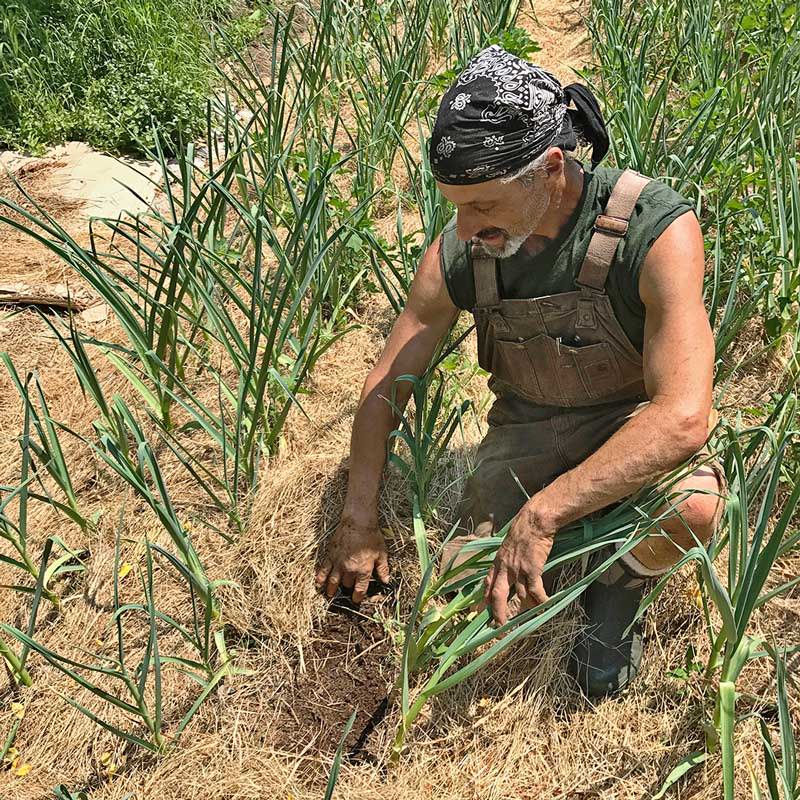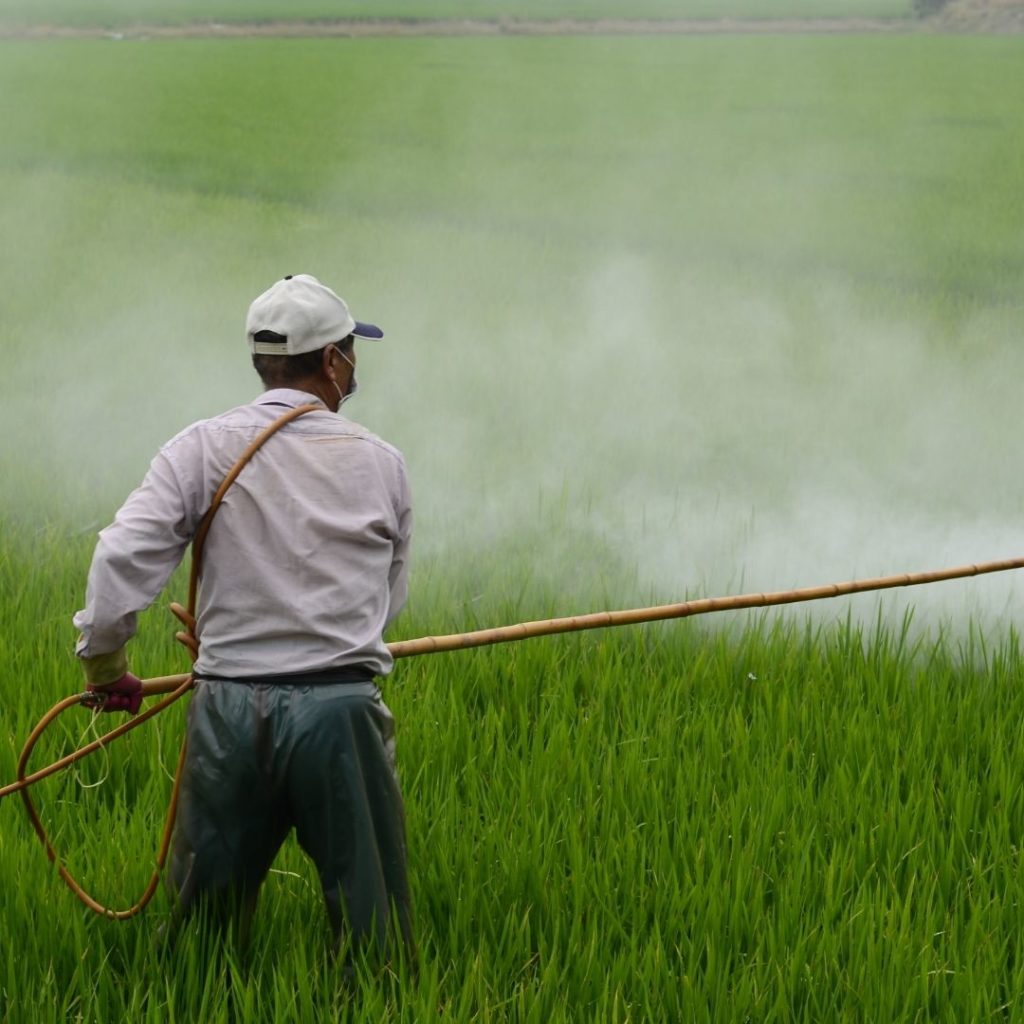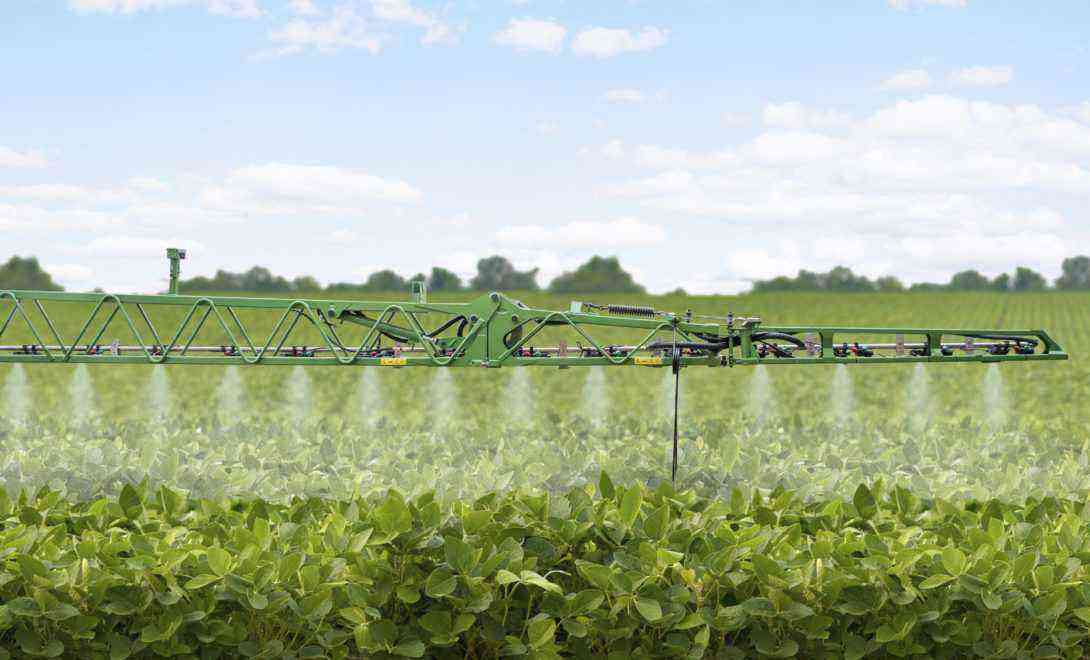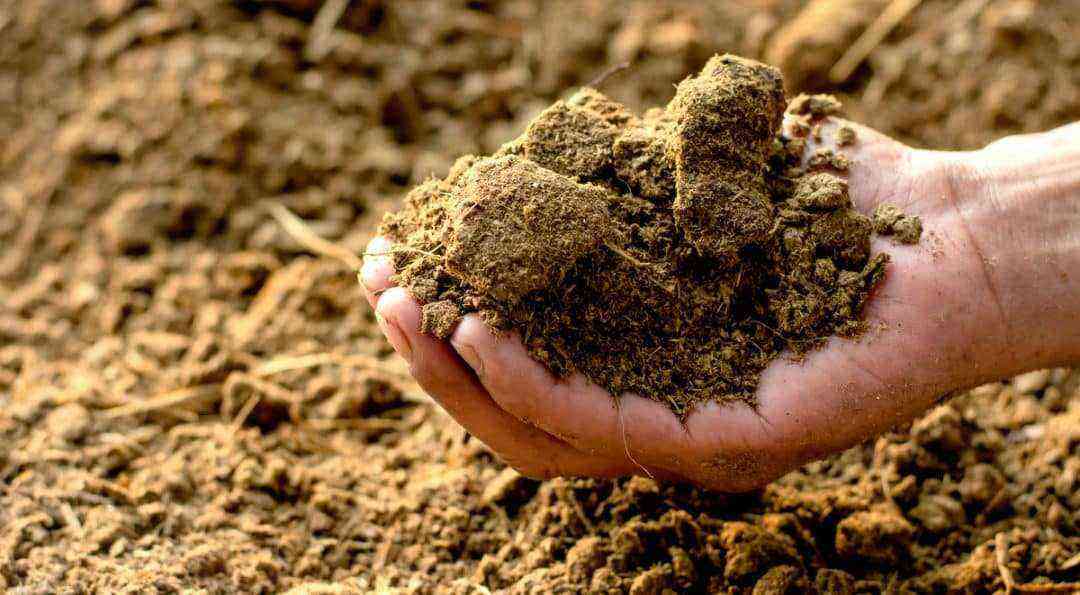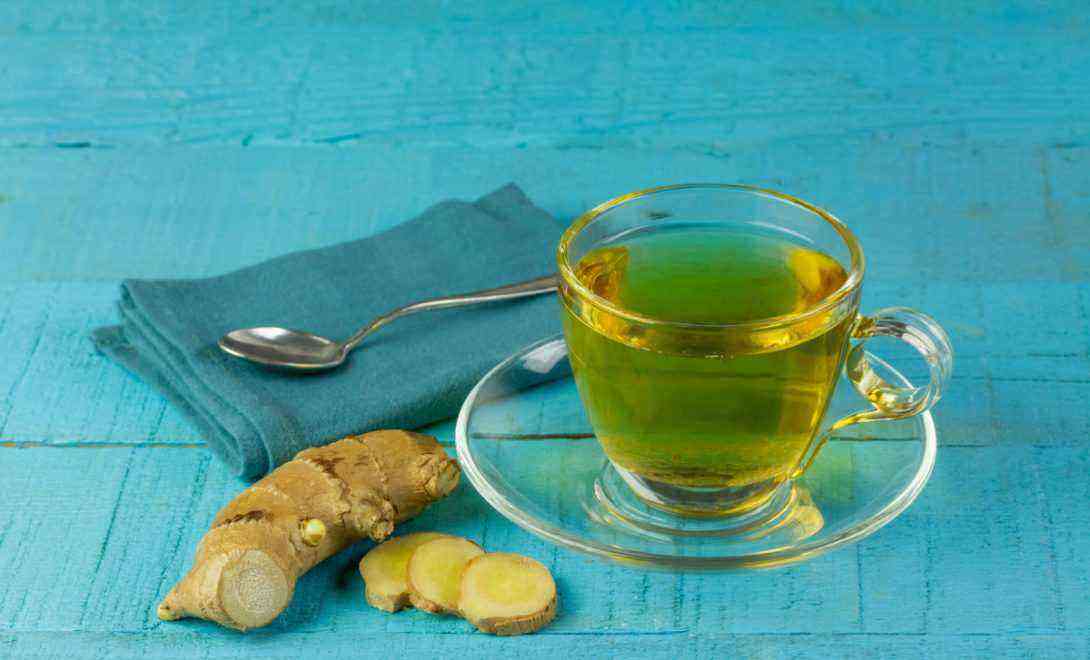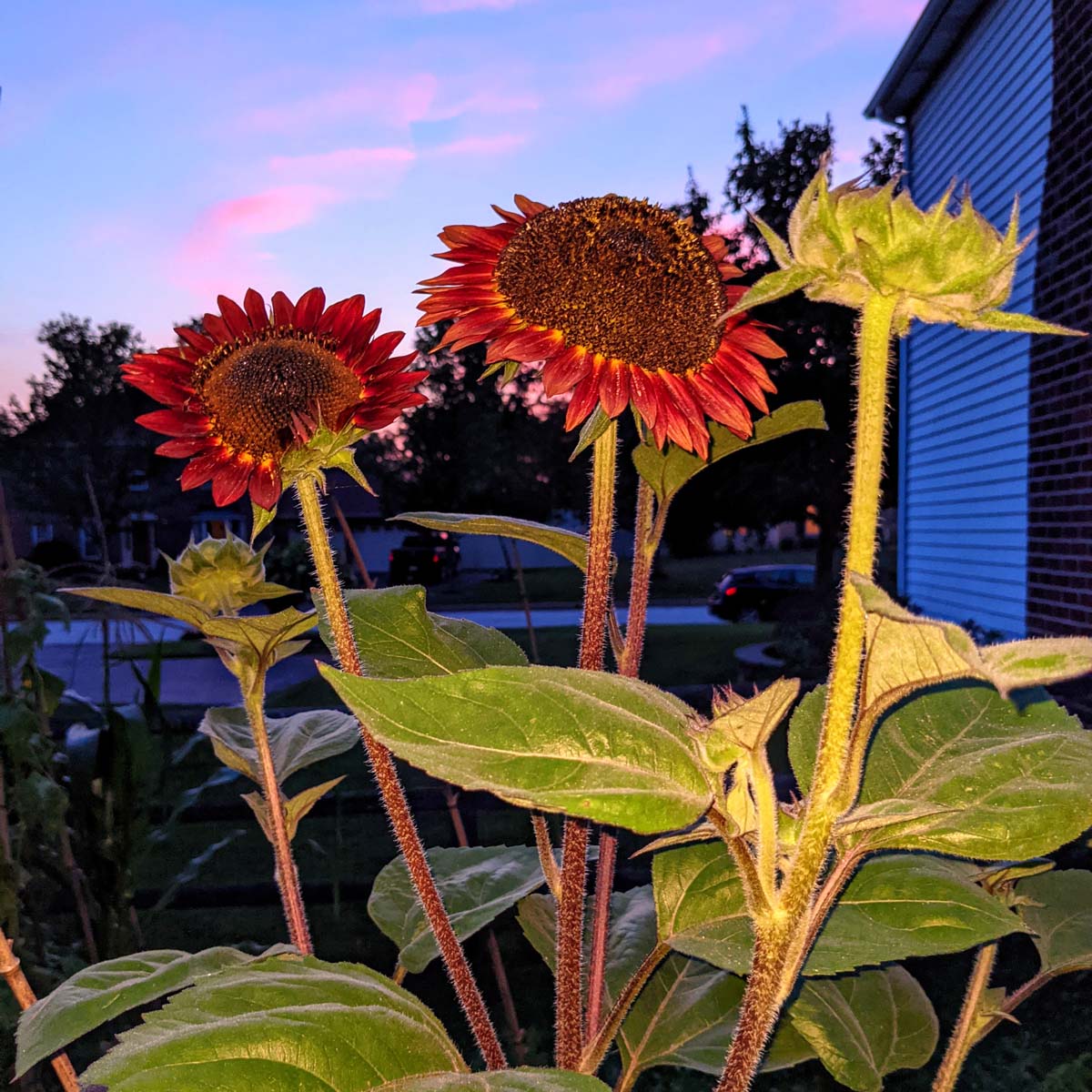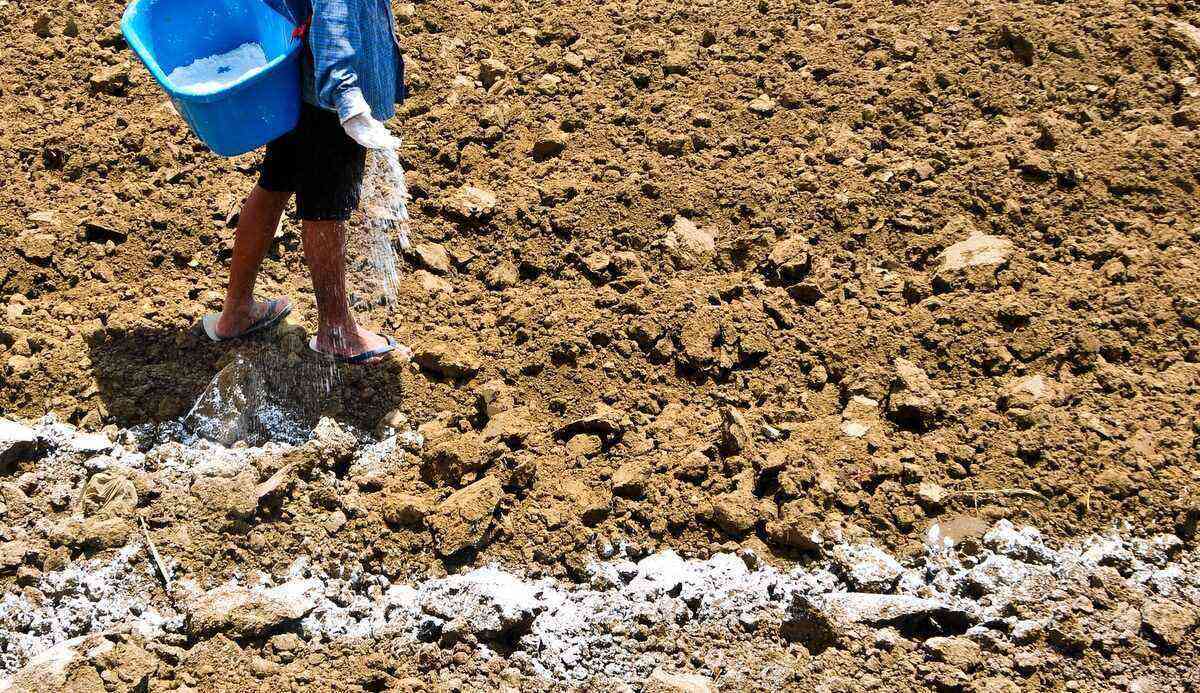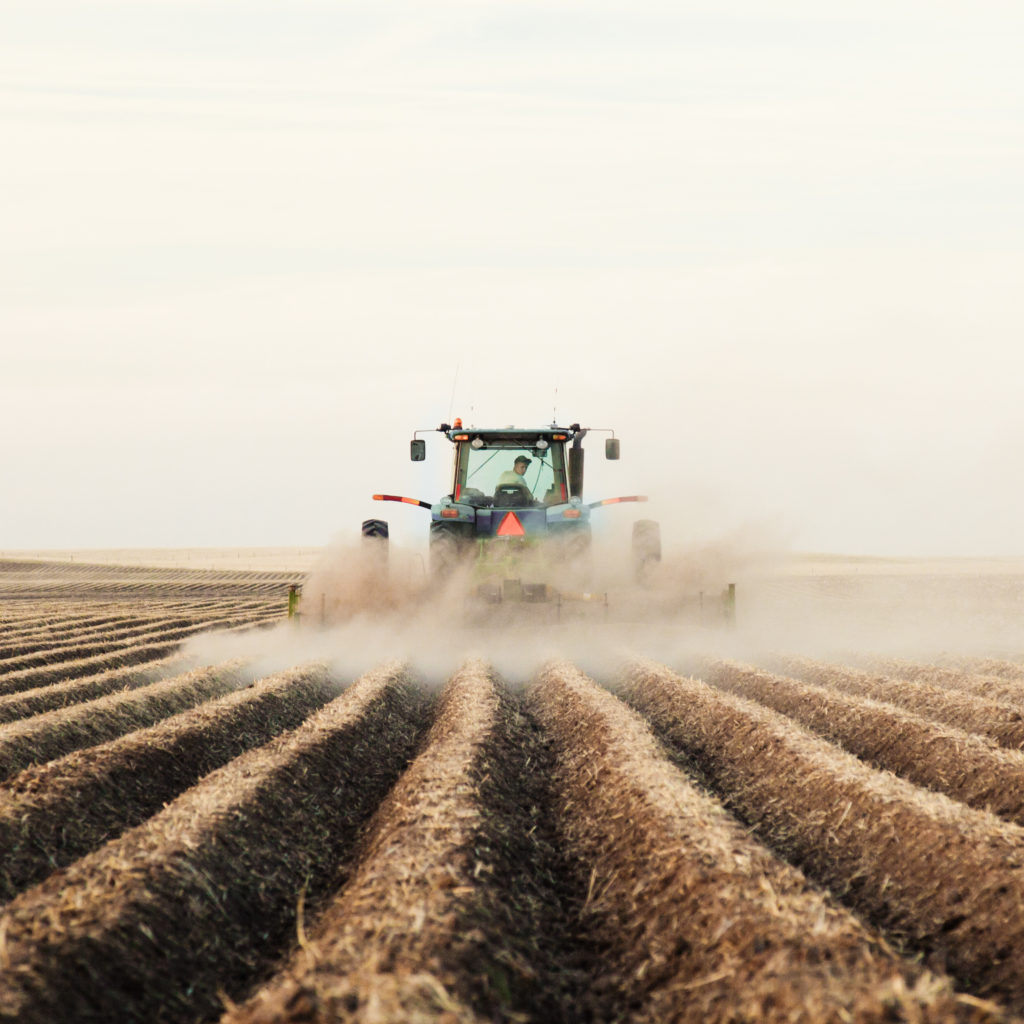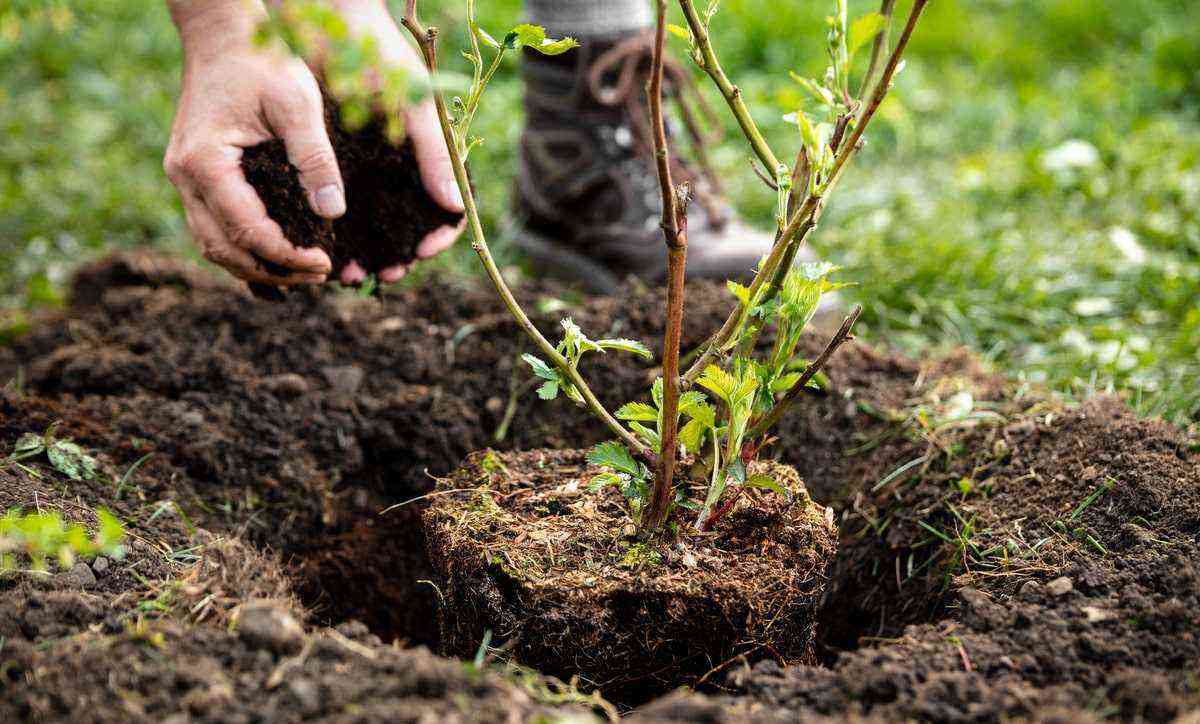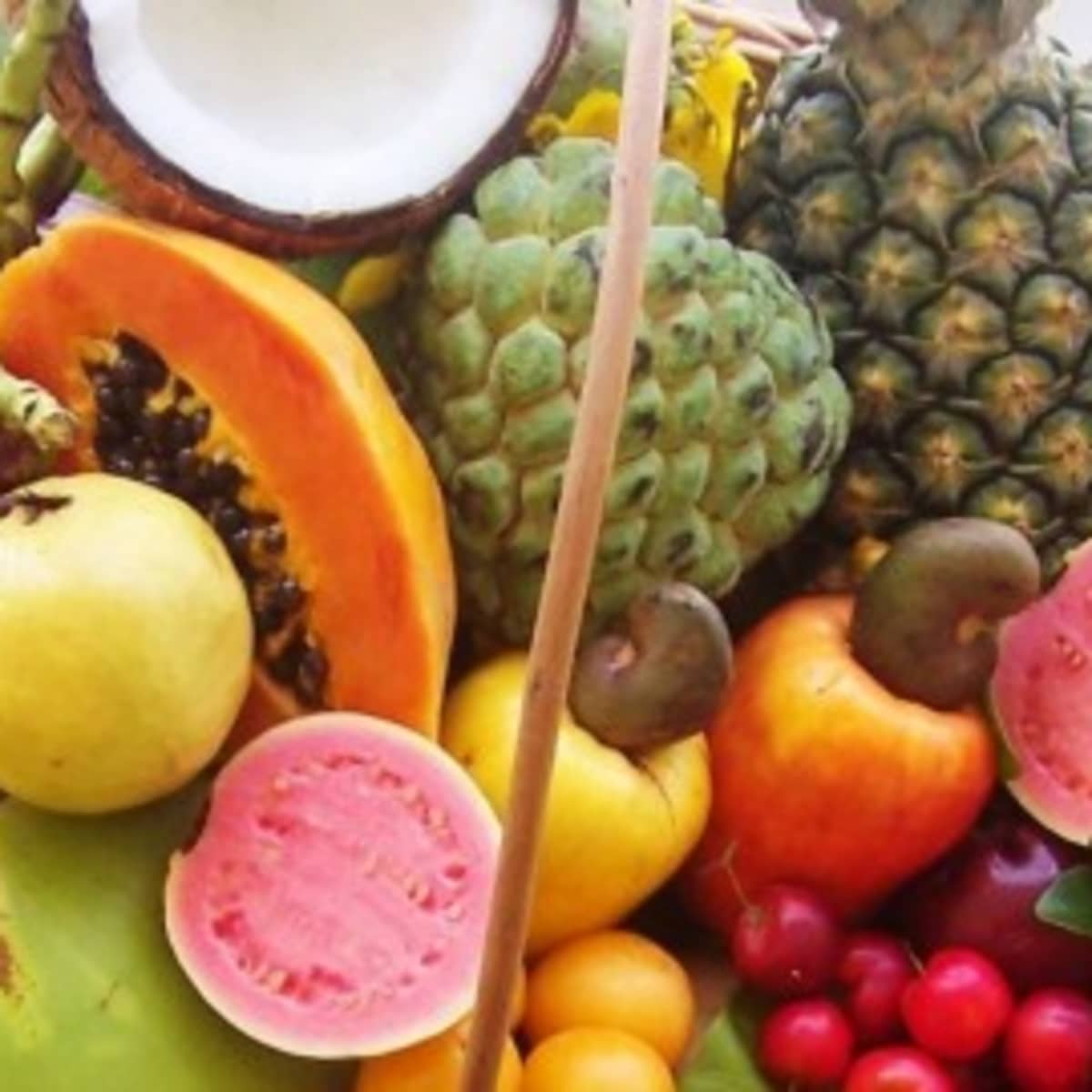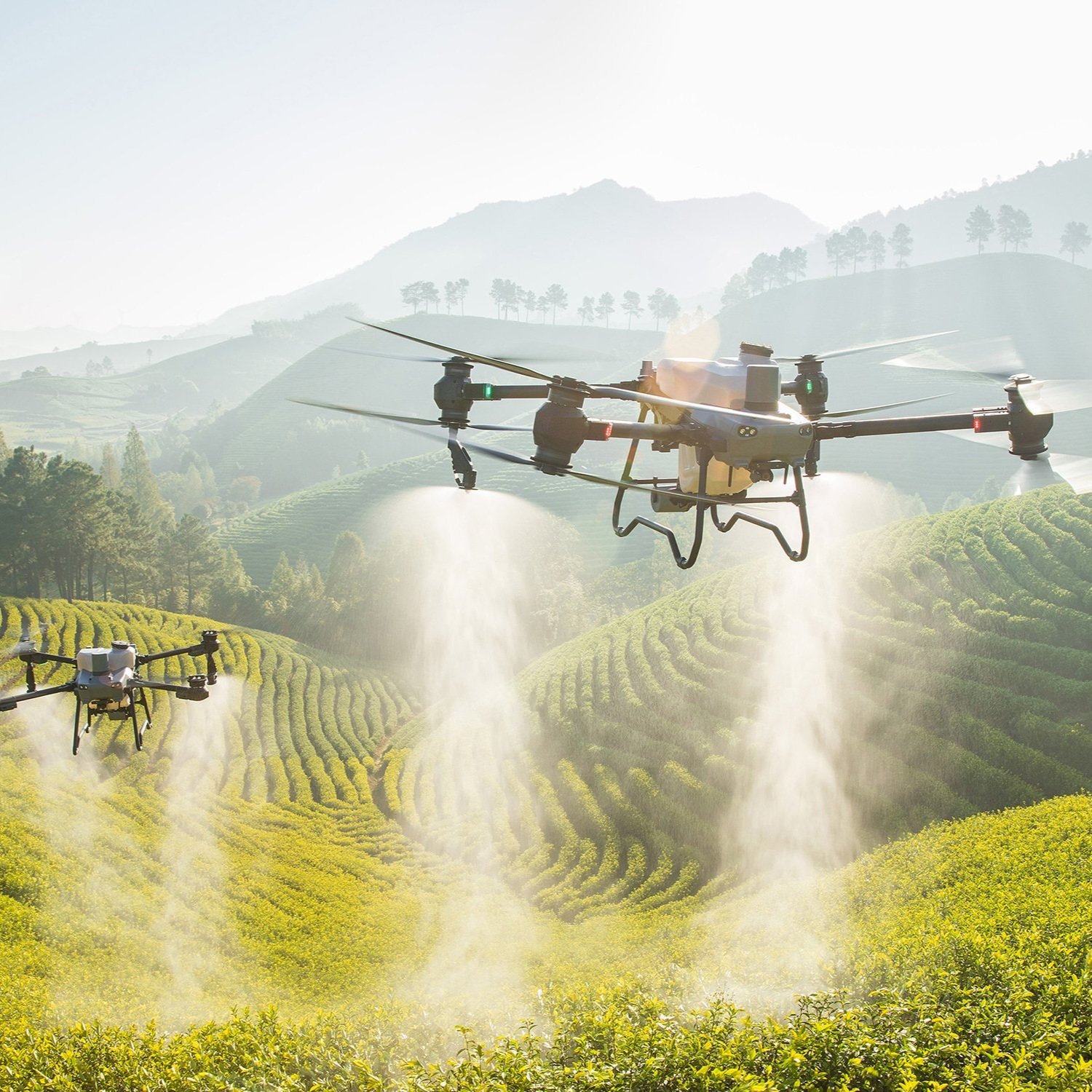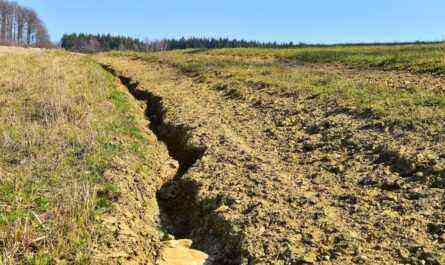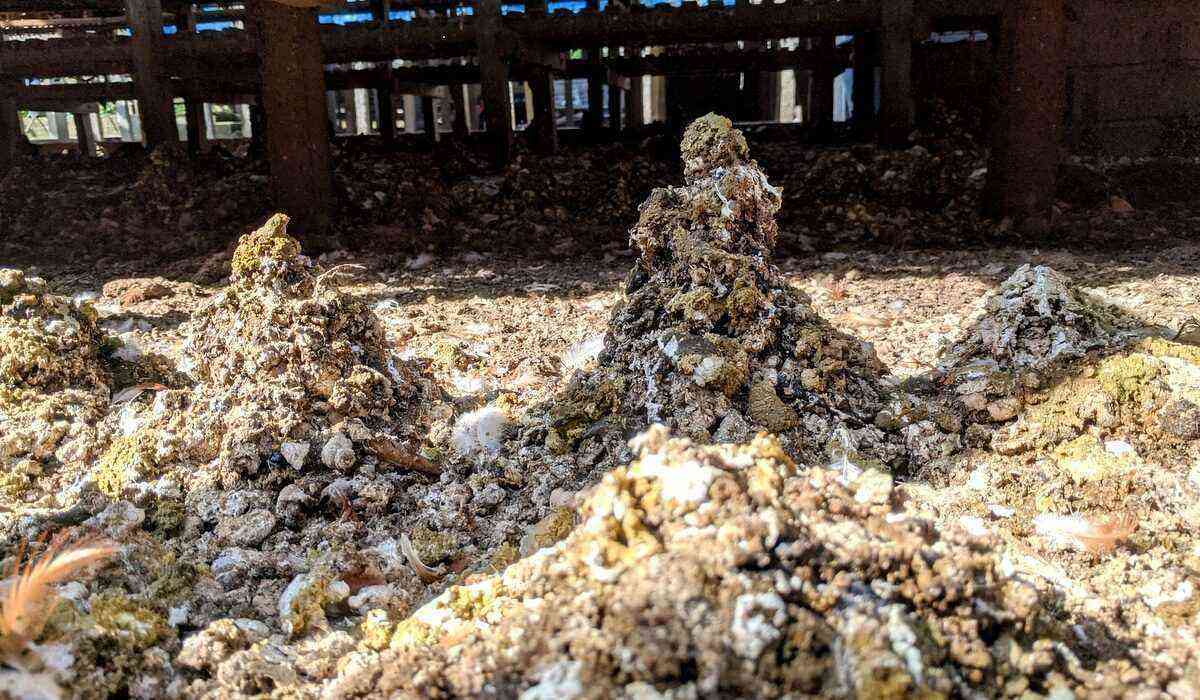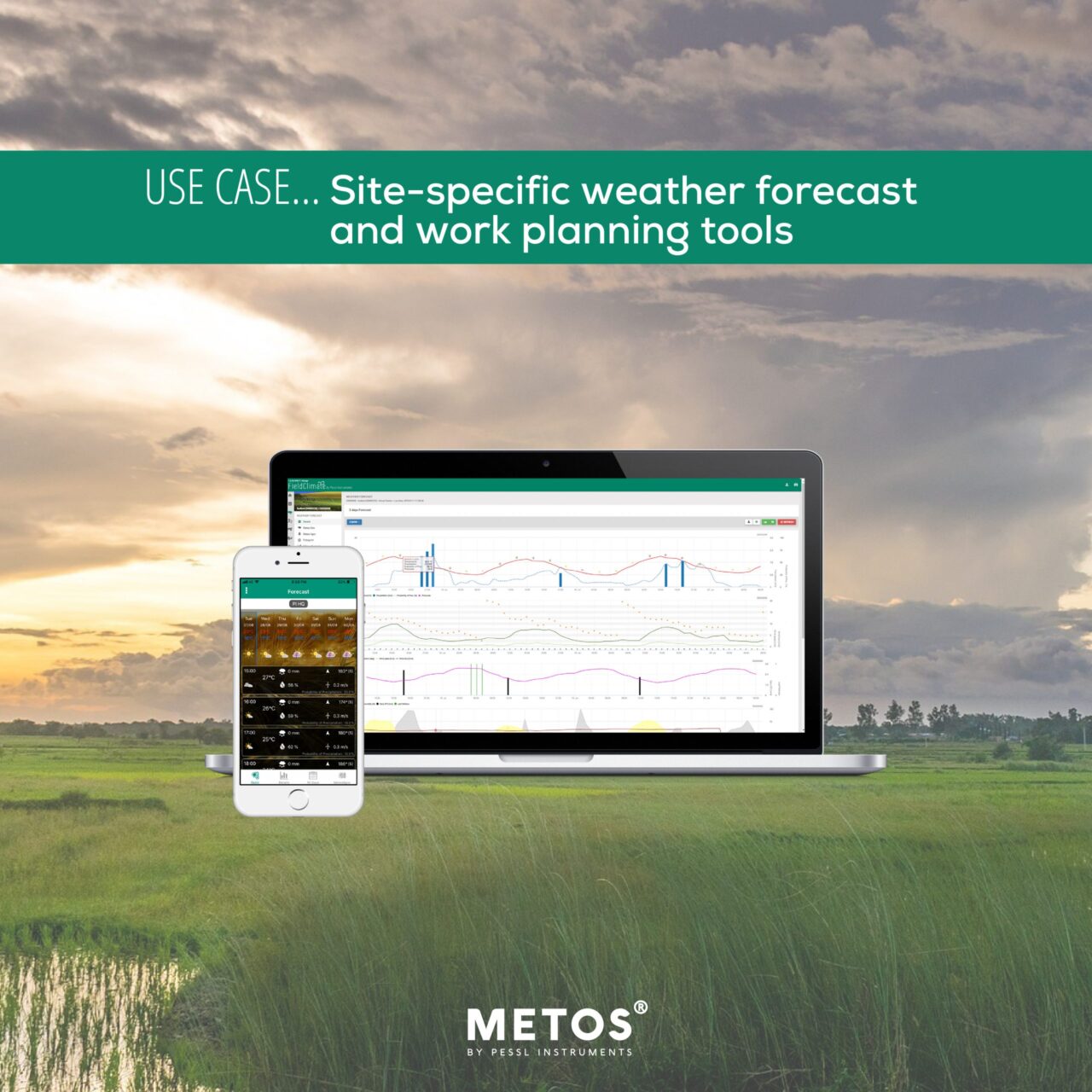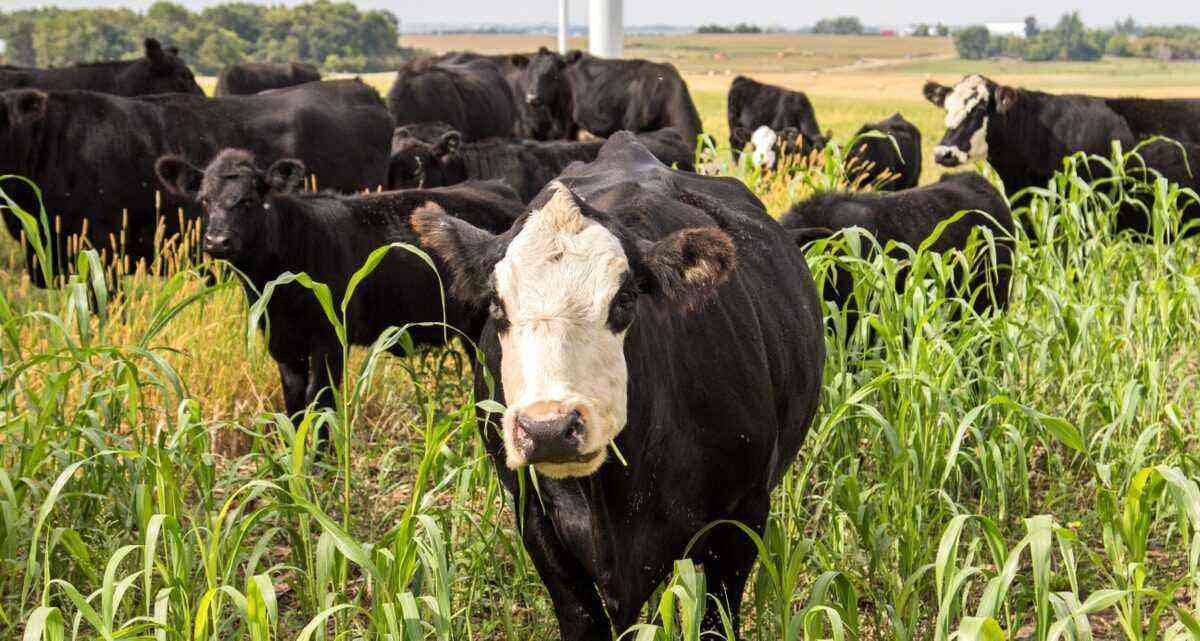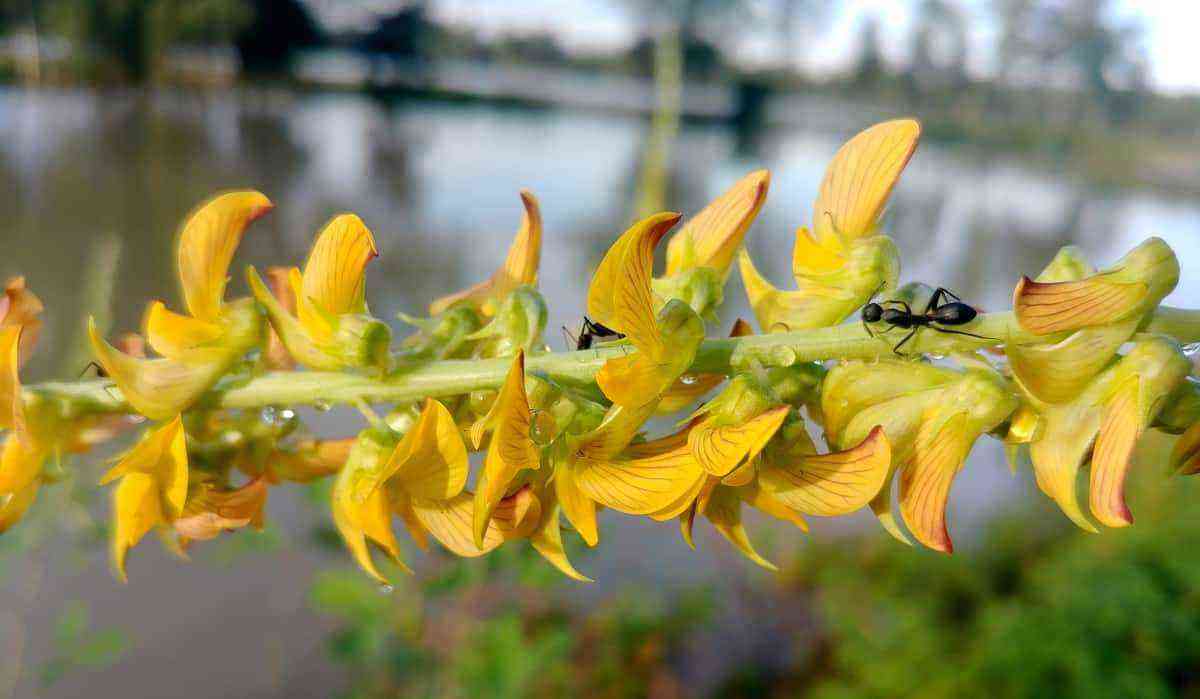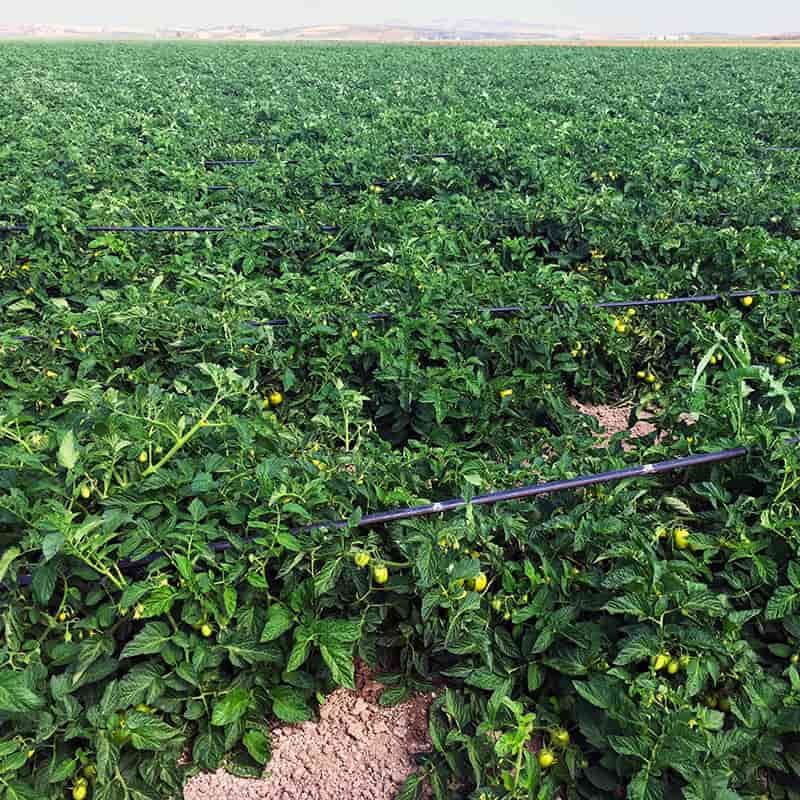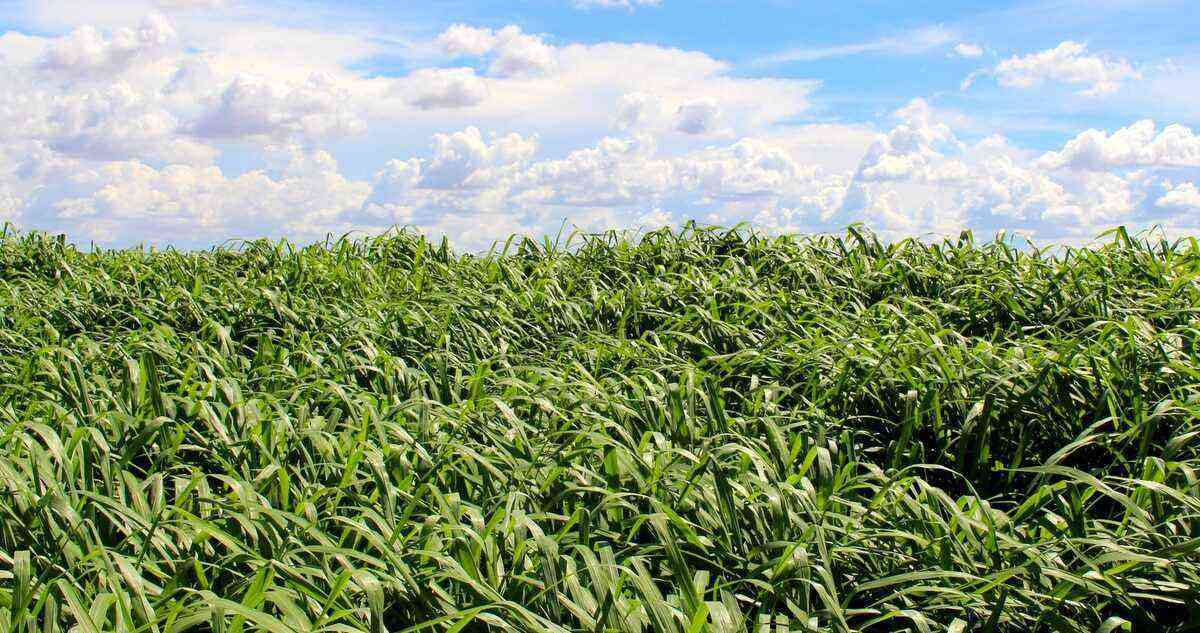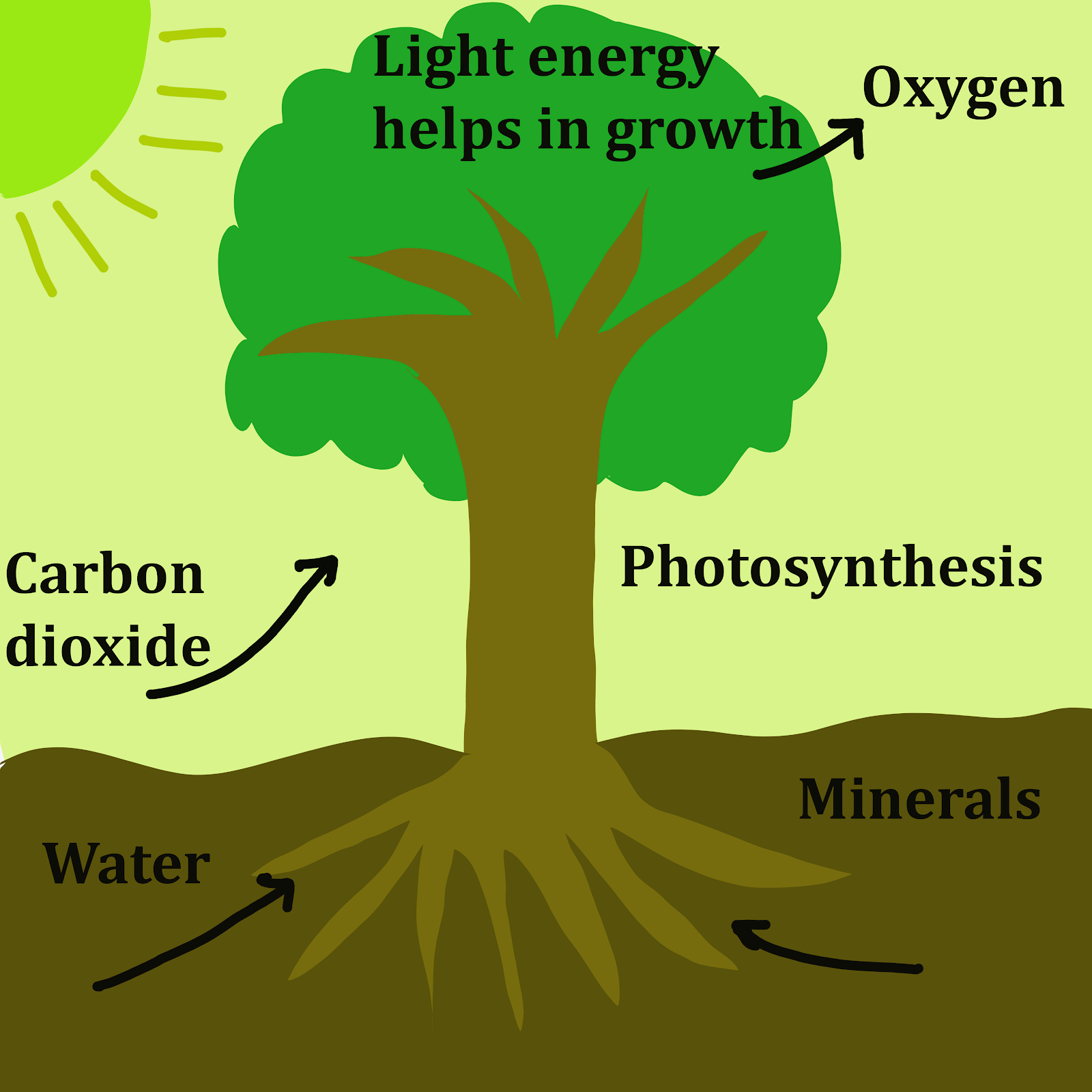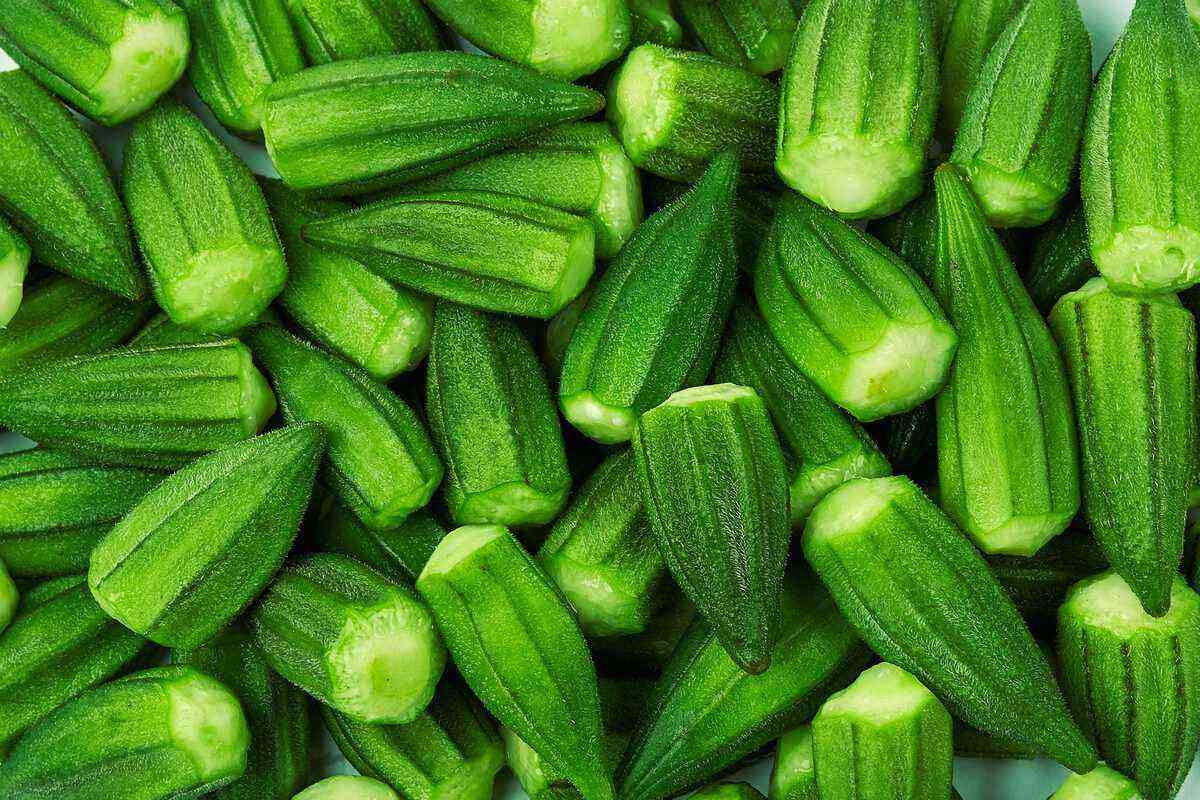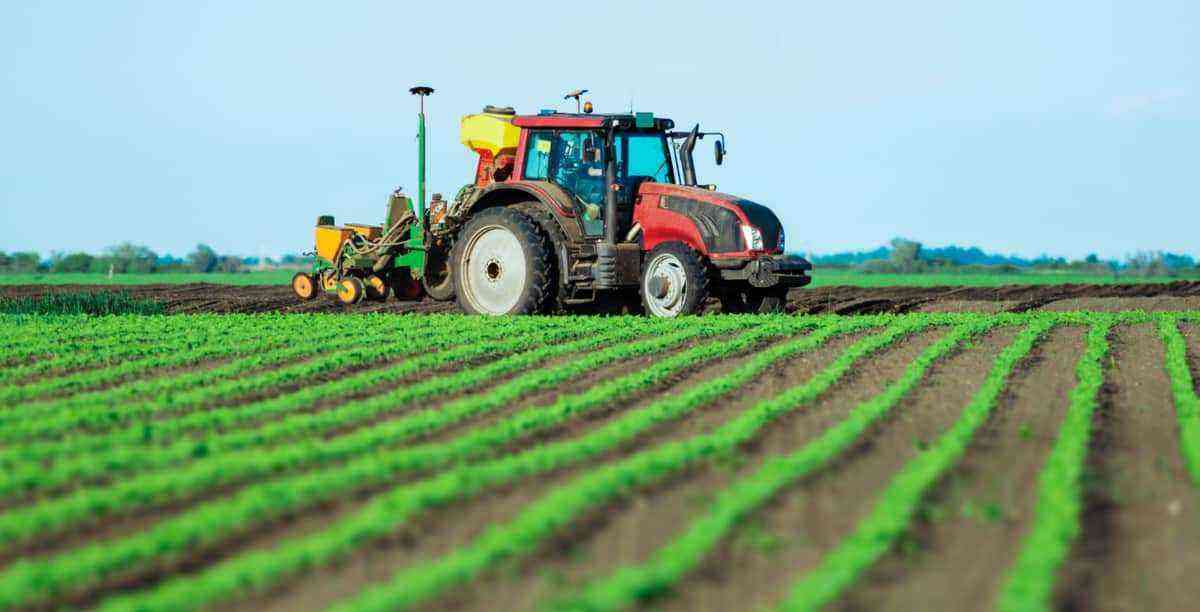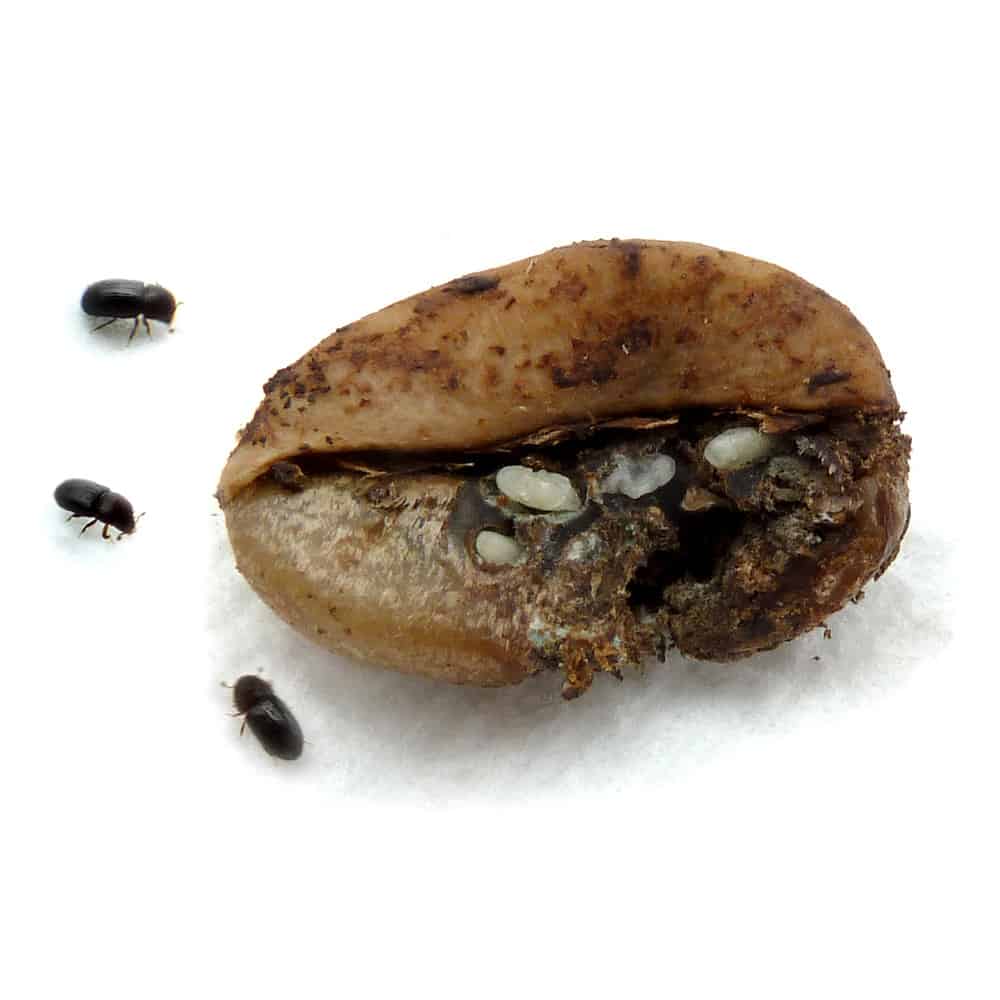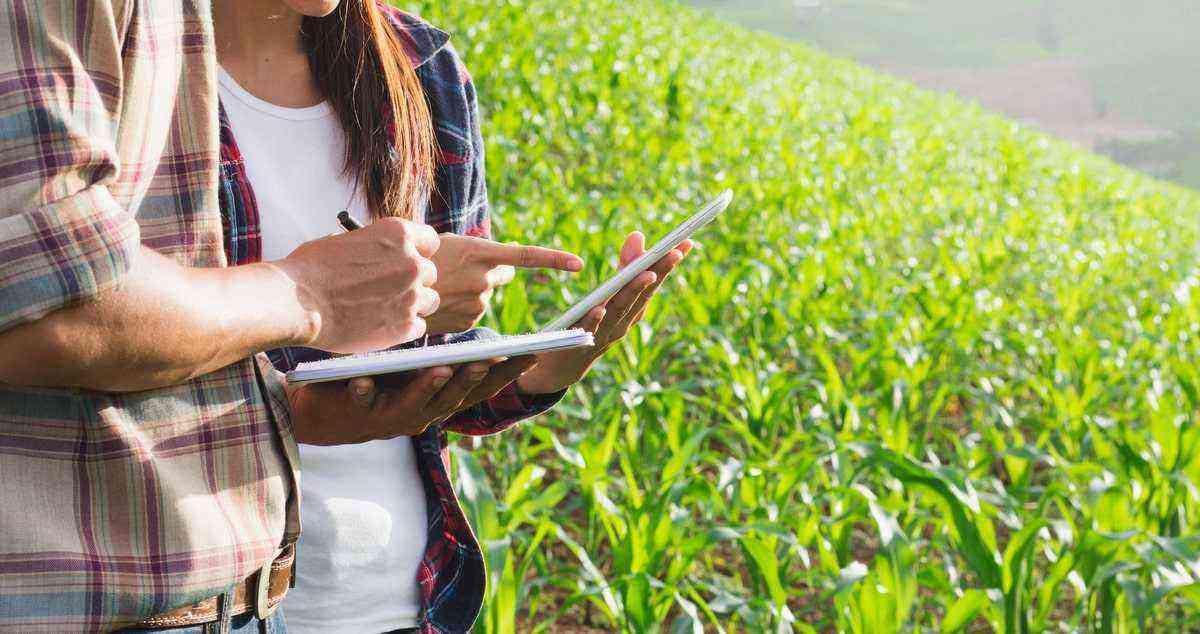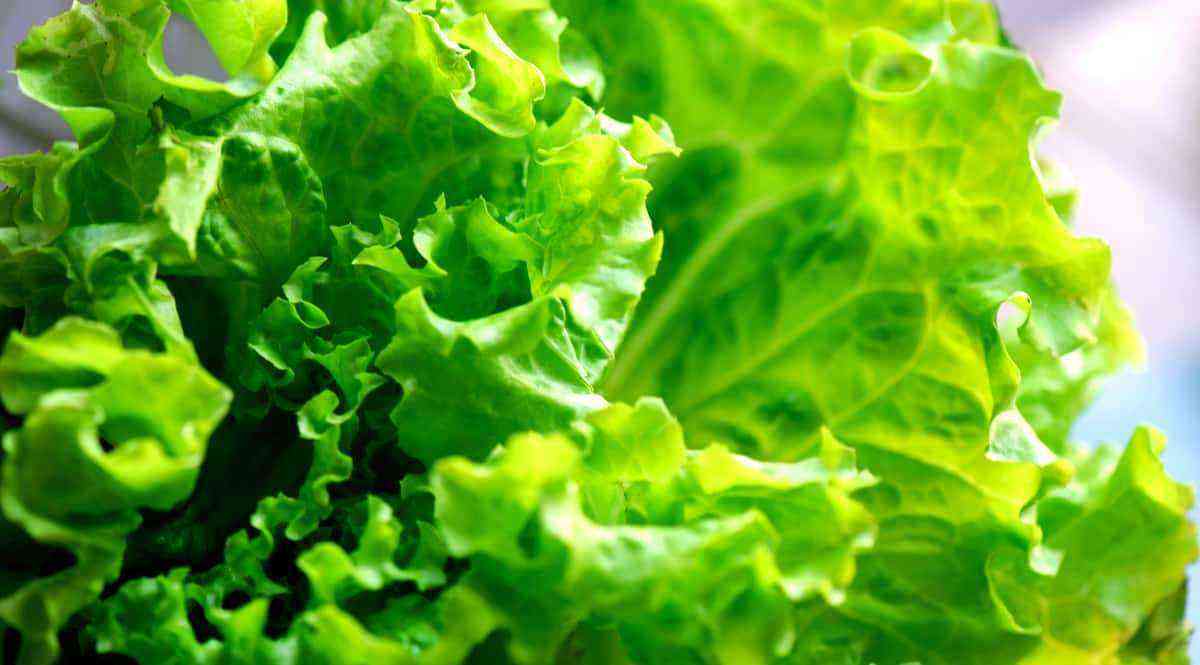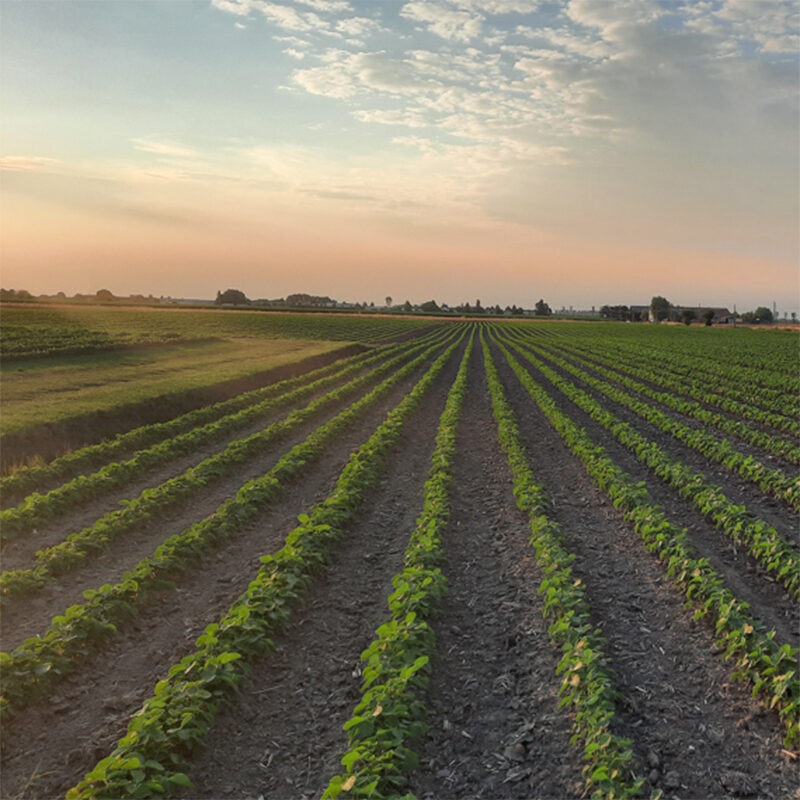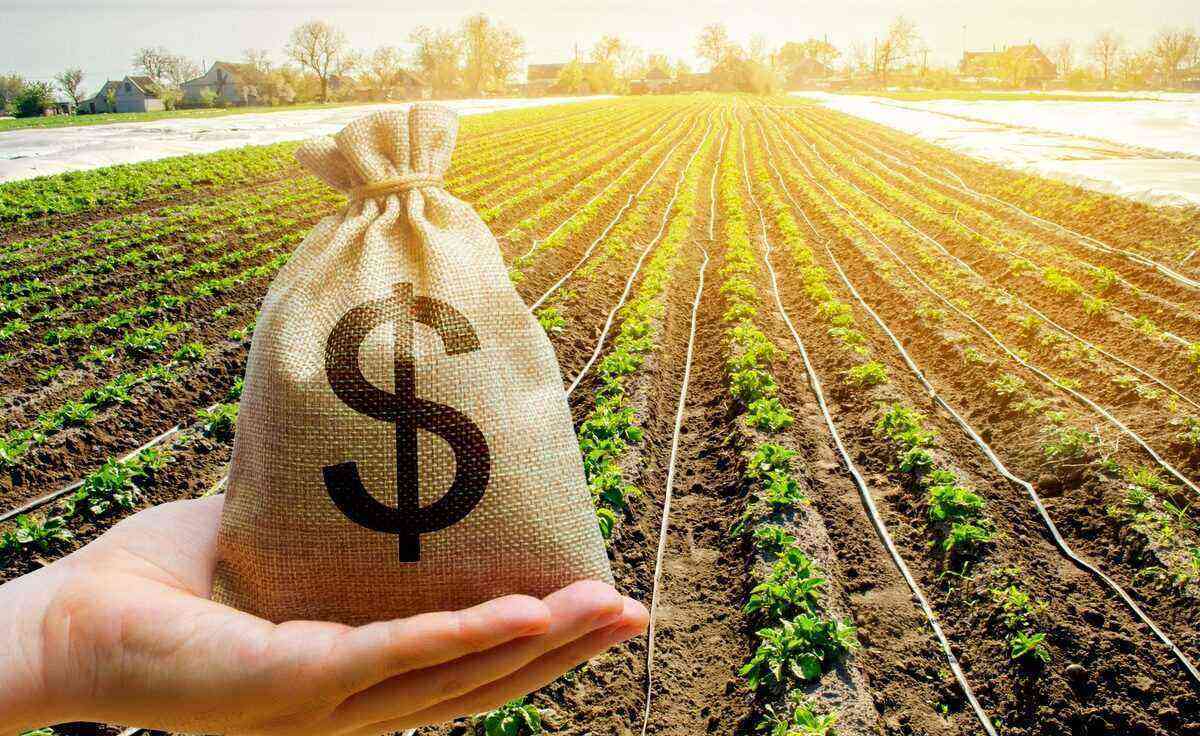Knowing the differences between harvest, off-season and off-season is important to agribusiness, which is one of the main pillars of Brazil’s economy. In addition, it is one of the few sectors that has made good progress even in the current crisis.
In fact, in 2020, agribusiness GDP (Gross Domestic Product) closed with a record growth of 24,3%. As a result, the sector increased its participation by 26,6% in the country’s total GDP.
However, when it comes to agriculture, there are a number of concepts that cause confusion even to those who have been in the field for years, such as harvest, off-season and off-season.
Knowing what each of these terms means is essential to plan plantations and thus obtain maximum profitability. So, follow the article and learn all about the topic!
What is the difference between harvest, off-season and off-season?
In general, agricultural production develops for one year. However, this period does not always coincide with the normal calendar. So, depending on the type of crop, the year for farmers starts in any month.
By the way, the agricultural calendar varies according to the crop and the region of farming. The terms harvest, off-season and off-season also derive from annual crops. Next, check out the concept of each one.
crop
It refers to the period in which planting is carried out according to the arrival of rain, as is the case of corn (also grown in the off-season) and wheat, which is an annual crop and considered one of the most important in Brazilian agribusiness.
During this time, weather conditions, humidity, light and temperature are the most suitable for plant development.

A good harvest during the season depends on factors. Wheat is one of the crops produced in this period.
For this reason, farmers take advantage of this period of better productive potential to invest in the harvest and, in this way, guarantee better profits in their farming.
off season
If the harvest is equivalent to the planting date, the off season refers to the time interval between post-harvest and the start of a new planting. Normally, at this time, weather conditions are not so favorable for the main crop.
Therefore, some rural producers take the opportunity to make improvements on the farm and prepare the soil for the next harvest.
In turn, others opt for shorter cycle crops — the so-called safrinha, as we will see below. In this way, they significantly increase the farm’s revenue.
safrinha
The off-season occurs right after the harvest, and the term was adopted in the diminutive because the conditions of climate, temperature, luminosity and humidity are a little lower than those that occur in the harvest.
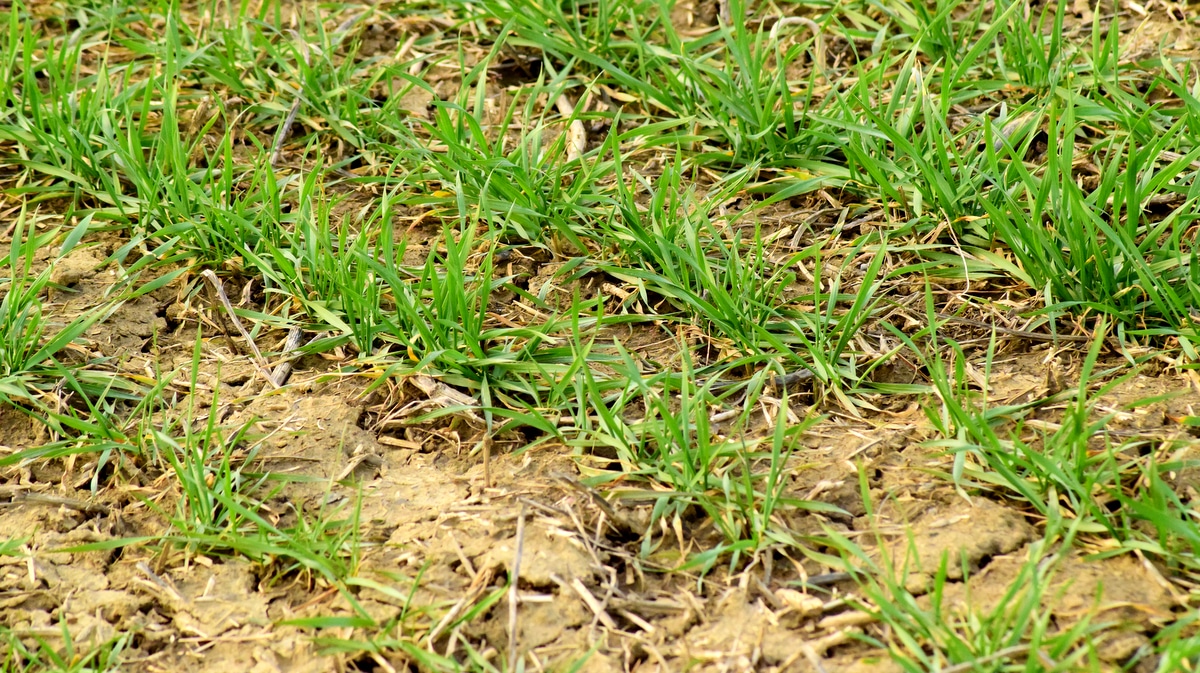
One of the technical recommendations for the off-season is to plant directly in the straw, as it protects the soil, ensuring greater humidity.
However, the advancement of studies in the area and the use of several agronomic technologies, such as pesticides, no-till in straw, genetic selection of seedlings and seeds, in addition to plant nutrition, allowed cultivation even in less favorable conditions. Due to this, the safrinha gained a lot of space in agribusiness.
Nowadays, it is also known as second crop. So, both the harvest and the off-season are of great economic importance to the sector. It is worth mentioning that the off-season can also be made with the same crop as the harvest. In fact, this has become a very common practice.
Many producers choose to advance the planting of the main crop so that the harvest is also carried out in advance. Thus, at the end of this season, planting takes place again, taking advantage of the most favorable weather conditions for the off-season.
In summary, the harvest is the main one, the off-season is the second harvest and the off-season is between the end of the last harvest and the beginning of the next harvest.
What is the importance of the off-season in agriculture?
Over the years, as is normal, production costs in agriculture have risen. At the same time, productivity was heavily dependent on the weather.
Thus, the safrinha appeared at the end of the 70s, in Paraná, when the frost severely damaged the coffee crop. So farmers risked planting corn right after the soybean harvest.
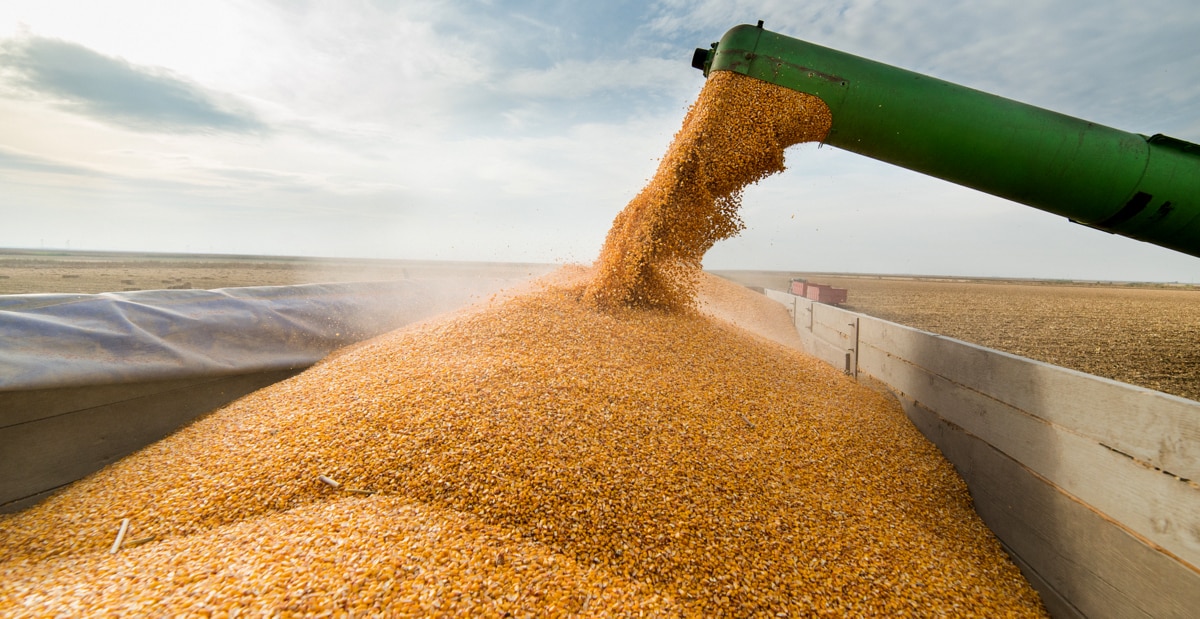
The main one is the weather. Product is also harvested in the off-season.
Initially, productivity was low, due to the lack of technical information. This was one of the reasons that the producers considered the safrinha as a great challenge and discouraged so many others.
Over time, cultivation techniques were improved, and many regions where nothing was sown, in the off-season, began to have doubled profitability due to the off-season.
In this way, off-season planting has developed so much that, in 2011, off-season corn represented 50% of the national production of this crop. In 2020, the harvest of safrinha corn reached 93,6% in Brazil.
Why invest in planting in the off-season?
The variation in the prices of agricultural products is directly influenced by the harvest and the off-season. During the first, there is a greater supply of merchandise. As a result, their prices fall. On the other hand, in the second, the value increases, as there is a much smaller offer of the product.
Thus, betting on planting during the off-season, that is, in the off-season, is an excellent opportunity to increase the farm’s earnings.
After all, as every producer knows, soil without agricultural activity means loss of money. So, in addition to preventing damage to the resting soil, the off-season contributes to even greater gains in agribusiness.
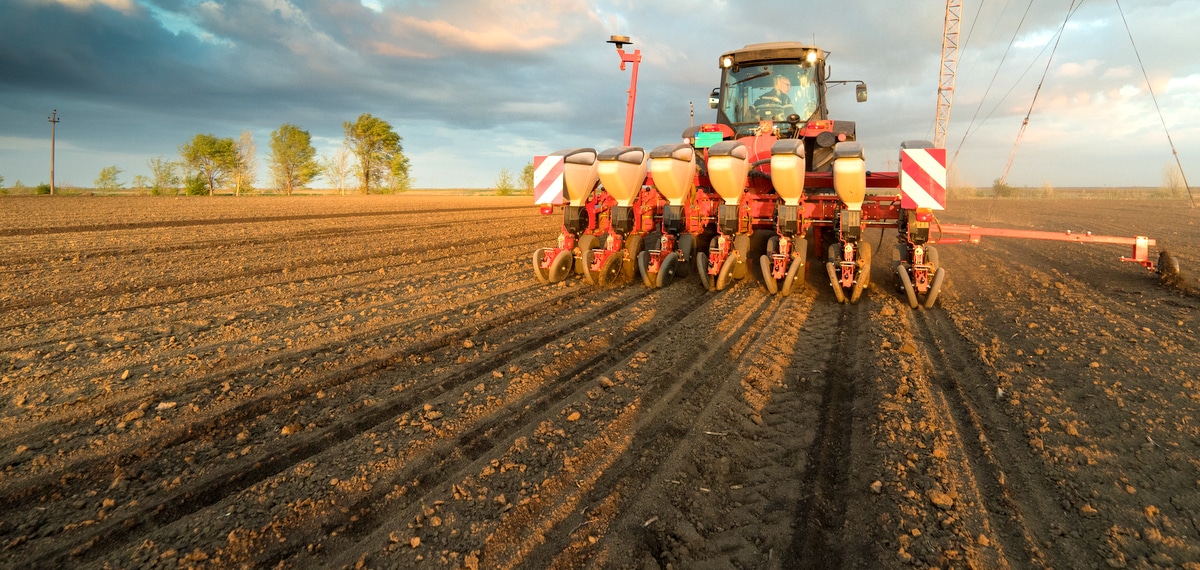
Producing during the off-season keeps the soil active and guarantees an extra profit for the rural producer.
By choosing to plant in the off-season, it is also possible to have a better economic return in the medium term, dilute fixed costs, reduce equipment idleness and also optimize the use of human resources in the field.
Another great reason to invest in the off-season is that it keeps the soil active, replenishing nutrients, maintaining coverage and preventing the emergence of pests.
What are the main off-season crops?
In Brazilian agribusiness, when we talk about safrinha, it is more common to associate corn and soybeans with the duo.
However, there are also other crops, such as sorghum, as it has a cycle of approximately 110 days and generates quick returns to the producer. As we commented, safrinha corn is no longer an aid in agriculture.
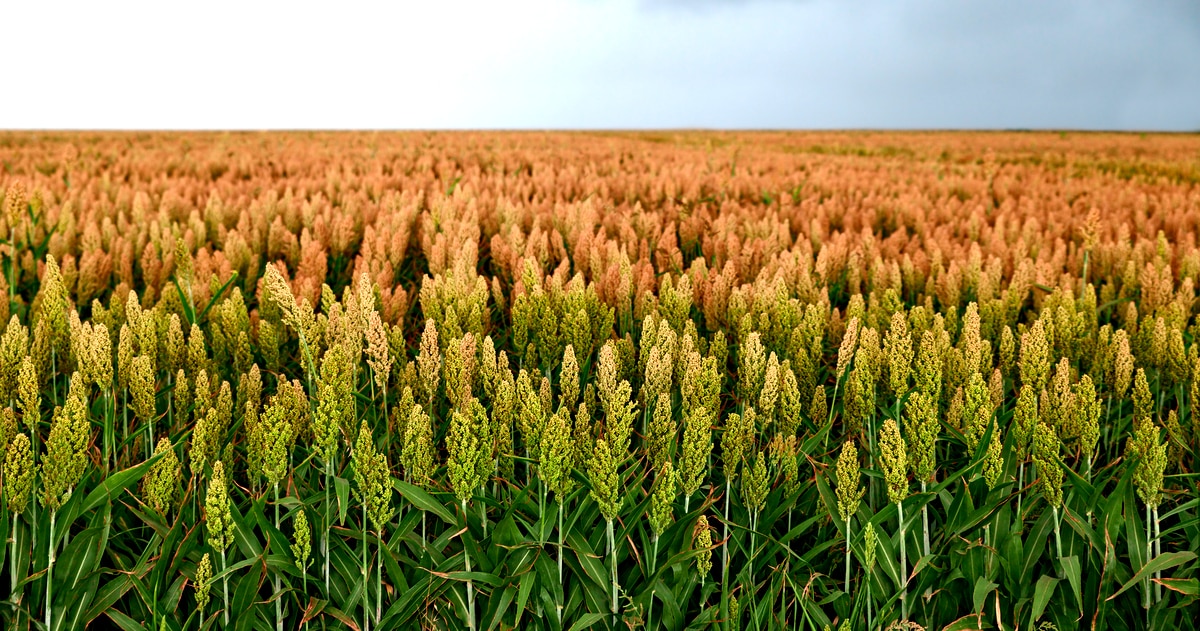
Sorghum is one of the crops planted in the off-season. It has a fast cycle and generates profits for the producer.
As there is a preference for planting soybeans in the main harvest due to market conditions, producers usually choose to plant corn soon after, that is, between January and April. However, this period varies slightly in the regions due to climatic conditions.
Therefore, planting in the off-season is an excellent opportunity to expand your business, as it brings a good return in the short and medium term. In this sense, it is essential to plan planting and rely on agronomic technologies and the best products for agriculture.
But, how to define the best strategy?
Therefore, the farmer has these planting strategies in hand, that is, opting for a crop in a “normal” period, letting the soil rest, in the off-season and still opting for the off-season. But how is this possible?
The Ministry of Agriculture and Livestock (MAPA) provides producers with an agrometeorological model that identifies the best time to plant, taking into account the region of the country, the culture and the different types of soils. Discover, in the video below, how Zarc (Agricultural Zoning of Climate Risk) works. Check out how it works:
Source: Ministry of Agriculture.
Want to know more about how to get the most out of planting productivity? So, be sure to read our post: how to perform a proper soil analysis!

